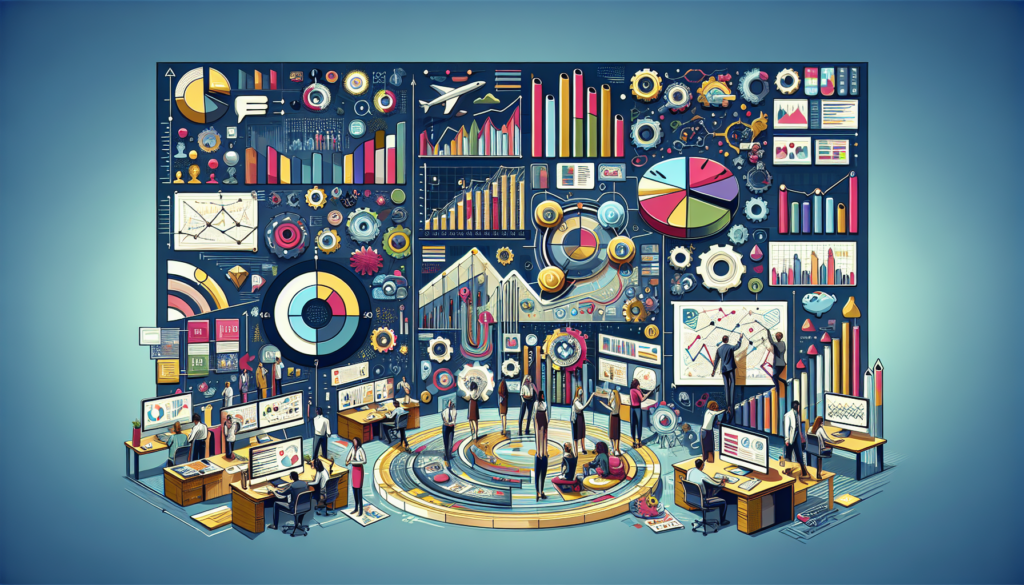Data visualization has emerged as an indispensable tool in understanding and analyzing vast amounts of information, enabling businesses to transform raw data into strategic business decisions. The proper implementation of visualization techniques ensures that complex data is presented in an intuitive and accessible manner, optimizing the decision-making process across various business spheres.
Foundations and Advances in Data Visualization
Theory and Design Principles
First and foremost, it’s essential to understand that data visualization is not merely aesthetic but is grounded in principles of informational design and cognitive perception. Gestalt theory, for example, provides guidelines on how users perceive visual patterns, focusing on laws of proximity, similarity, and continuity, which contribute to faster and more efficient interpretations of graphics.
Technical Innovations
In the technical realm, visualizations are becoming increasingly interactive and multidimensional, with techniques such as dynamic zooming, real-time filters, and 3D visualization. Artificial intelligence is starting to play a significant role in this sector, not only for automatically generating visualizations from data but also for identifying patterns and trends that might not be evident to a human analyst.
Applications in Business Decision Making
Marketing and Sales: Advanced data visualization tools allow marketing teams to identify consumer trends and customer behavior, adjust campaigns in real time, and improve market segmentation.
Operations Management: In the operational realm, visualizations help monitor KPIs, workflow, and logistics to optimize production and distribution, as well as anticipate bottlenecks and delays.
Finance and Risks: From a financial standpoint, risk analysis through visualizations allows for a better understanding of complex scenarios, contributing to prudent and strategic financial management.
Case Studies: Real-World Applications
- Supply Chain Optimization: A relevant case study would be the use of control charts and heat maps by a global logistics company to identify inefficiencies in their supply chain and significantly reduce operational costs.
- Sales Forecasting: Another practical example is the use of visualizations by a retail company, utilizing predictive models to project sales. The graphical representation allows them to adjust inventory levels and promotions based on information extracted from historical patterns and consumption trends.
Comparative and Evolution of Data Visualization
Contrasting with the Past: Data visualization techniques have evolved from simple static charts and tables to complex interactive tools. Previously, data was represented in formats that could only be interpreted by experts, while today there is an emphasis on accessibility for a wider audience.
Future Vision: The future suggests that the integration of data visualization with technologies such as augmented and virtual reality could take analytics to a fully immersive level, providing decision-makers with a richer environment to explore data.
Challenges and Ethical Considerations
Interpretation and Bias: A critical aspect is the possibility of erroneous or biased interpretations from poorly designed visualizations. It’s vital that visual representations remain faithful to the data and avoid distortions that could lead to inappropriate decisions.
Data Privacy: Privacy implications must also be considered, ensuring that visualization does not compromise sensitive information, complying with regulations such as GDPR and other data privacy mandates.
In summary, data visualization consolidates itself as a pillar in business decision-making, with applications ranging from the optimization of operations to the detection of new markets. As technology advances, these tools will continue revolutionizing the way businesses interact with their data, making the interpretation of complex information more intuitive, accurate, and above all, more strategic.

